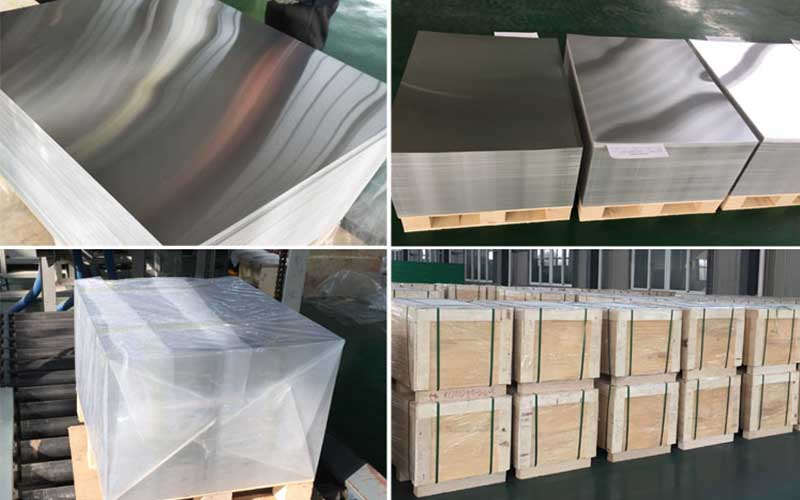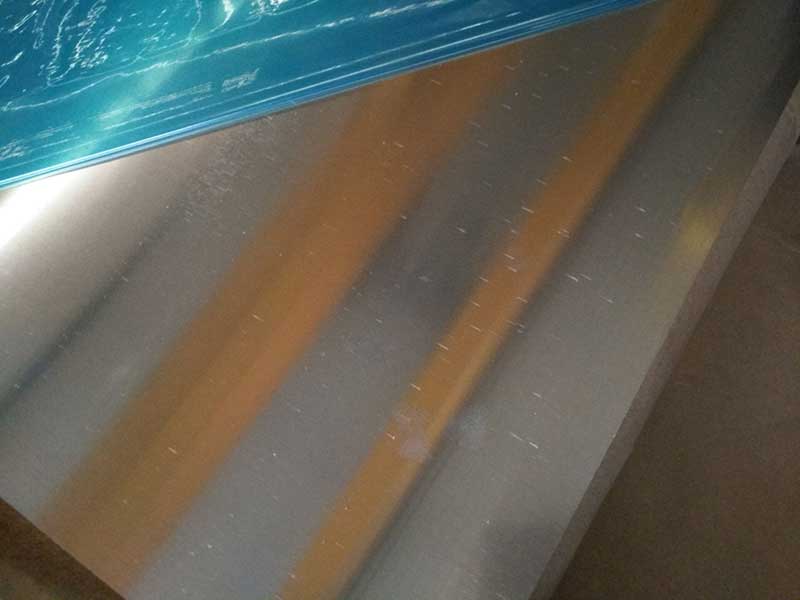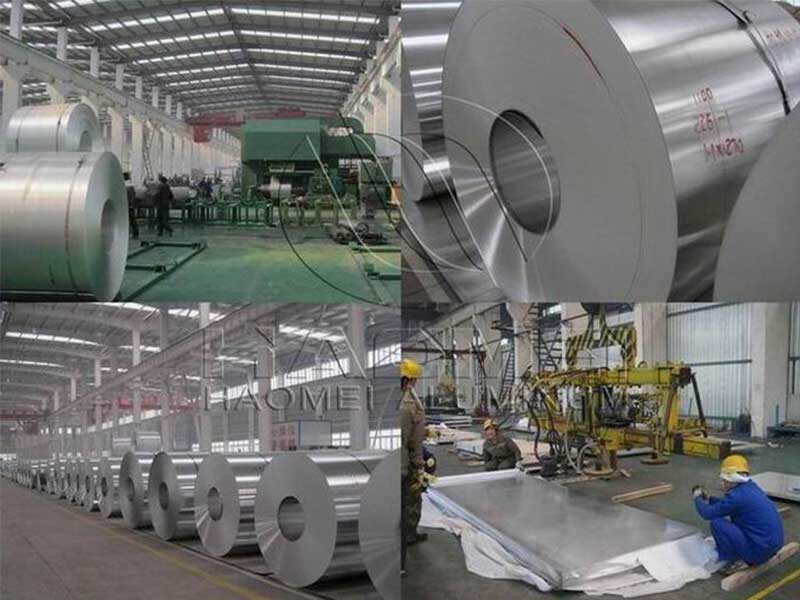Classical Offset Printing CTP Plates
In the intricate world of printing, where quality meets precision, Classical Offset Printing Computer-to-Plate (CTP) technology has emerged as a cornerstone for professional print production. As we delve deeper into this sophisticated realm, it's important to understand not only the technical nuances of CTP plates but also how they have revolutionized the printing landscape.
What Are CTP Plates?
CTP plates are a pivotal component in tone and texture print production. Functionally, these plates serve as intermediaries between a digital image file and the final printed material. Unlike the traditional method that involves film, CTP technology uses laser imaging to etch the image directly onto the plate, enabling a streamlined process that minimizes errors and reduces turnaround time.
Unique Features of Classical Offset Printing CTP Plates
-
Precision and Accuracy One of the hallmark features of CTP plates is their unparalleled precision. By utilizing laser imaging, any potential for misregistration prevalent in film-based printing is virtually eliminated. This ensures that every print runs maintain consistency in detail and color quality.
-
Enhanced Print Quality Classical offset printing CTP plates can achieve finer details and smoother gradients compared to conventional plates. The minimization of dot gain allows for sharper imagery, which is essential in high-resolution print jobs. The resulting visuals are vividly crisp, making it ideal for high-quality publishing and art reproduction industries.
-
Higher Efficiency The CTP process notably expedites the workflow. The direct transfer from digital file to plate reduces the number of steps in production, resulting in quicker setup times and the ability to handle short runs efficiently. This catapults CTP plates into an industry preference for demand-driven manufacturing.
-
Environmentally Friendly Process With sustainability gaining importance globally, CTP technology presents a greener alternative. Many of these plates are designed to be processed using chemistry-free methods, which further reduces the environmental footprint. Print businesses can thus align with eco-conscious consumer preferences without compromising quality.
Applications of CTP Plates in Various Sectors
-
Commercial Printing One of the most predominant applications is in commercial printing, serving advertisements, brochures, flyers, and other marketing materials. The accuracy that CTP plates offer ensures that brands can convey their identities with pristine graphics and coherent colors.
-
Packaging and Labels The capability of CTP plates to produce intricate designs and variable dot innovations allows for high-quality packaging solutions. Whether it’s a textured finish on luxury products or vibrant labels for consumer goods, the plates cater to diverse packaging needs.
-
Publishing The publishing sector, particularly magazines and books, demands unmatched clarity in imagery and typography. CTP plates deliver the level of detail required to make every print piece an artistic endeavor. Together with advanced finishing processes, they make printed pages come alive.
-
Promotion of Fine Art Reproduction Artists and galleries have increasingly turned toward CTP plates for reproducing art, where there's little room for error. Each reproduction reflects the artist's original intent as CTP plates capture minute details and shades, providing collectors with a sense of authenticity and quality.
https://www.aluminumplate.net/a/classical-offset-printing-ctp-plates.html







